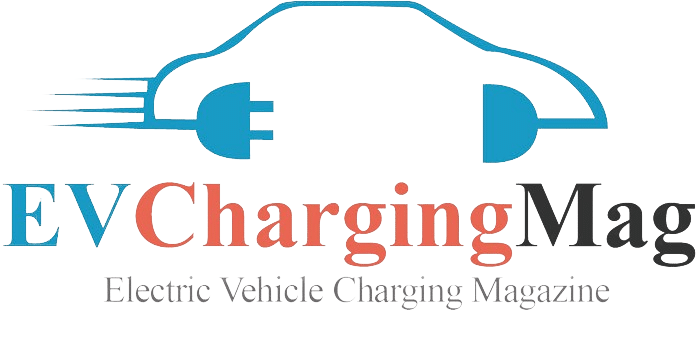As countries strive to decarbonize their energy production and manage electricity demand, the incentives offered to electric vehicle (EV) drivers are evolving. While the UK has embraced a carrot approach, encouraging EV adoption with attractive charging tariffs, Sweden is taking a more direct route with a pricing stick.
The UK’s Carrot Approach
- Smart Energy Tariffs: Numerous electricity providers in the UK offer competitive rates for overnight charging, when demand is lower.
- Time-of-Use Pricing: Some tariffs allow drivers to take advantage of wholesale price fluctuations, potentially saving significantly on electricity bills.
- Free Charging Incentives: Certain providers offer thousands of miles of free charging when specific home chargers are installed.
- Public Charging Flexibility: Smart charging options are becoming available at public charge points, enabling off-peak charging and pricing.
Sweden’s Stick Approach: Power Tariffs
Starting in September 2024, parts of Sweden will introduce a new pricing model that includes a power tariff. This fee is based on the peak power usage during each one-hour period, incentivizing drivers to spread out their charging throughout the day to reduce costs.
Balancing Act: Carrots and Sticks
While Sweden’s approach may seem less appealing, it can be viewed as a necessary measure to manage electricity demand and ensure grid stability. By introducing power tariffs, Sweden aims to promote more efficient and sustainable charging practices.
Strategies for EV Drivers
For both UK and Swedish drivers, smart charging strategies can help optimize charging costs and contribute to a more sustainable energy grid. These strategies include:
- Charging at Off-Peak Times: Take advantage of lower electricity rates during off-peak hours.
- Reducing Charging Power: Consider charging at a lower power level over a longer duration to avoid peak usage.
- Home Battery Storage and Solar Panels: Utilize these technologies to further optimize energy consumption and reduce reliance on the grid.
The Future of EV Charging Incentives
As the EV landscape continues to evolve, it’s likely that both carrot and stick approaches will play a role in shaping charging behaviors. The development of more sophisticated charging algorithms and technologies will enable even greater flexibility and optimization for EV drivers.
By understanding the incentives and regulations in place, EV drivers can make informed decisions to minimize charging costs and contribute to a sustainable energy future.
Note: This article is based on a press release by Daniel Forsberg, CTEK’s Marketing Manager EVSE

